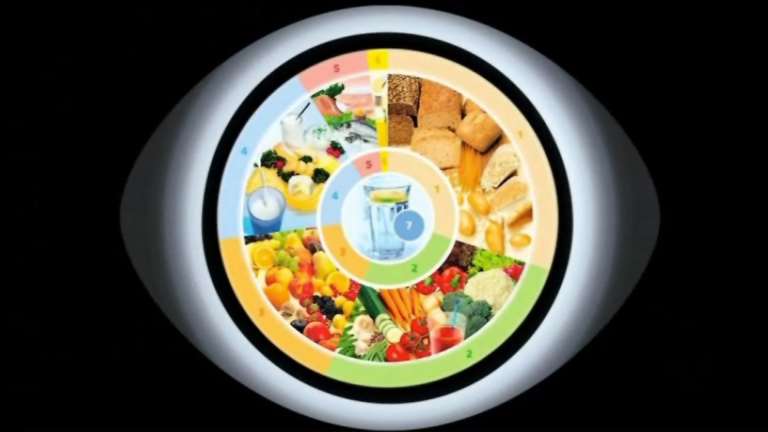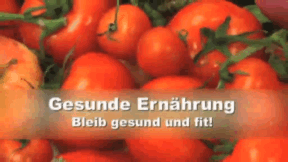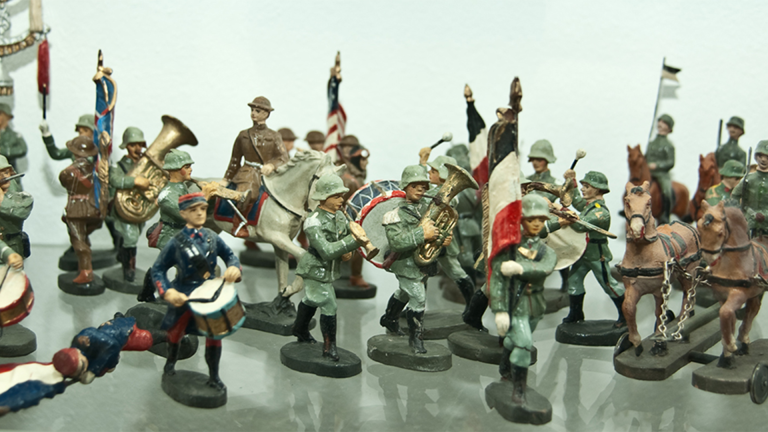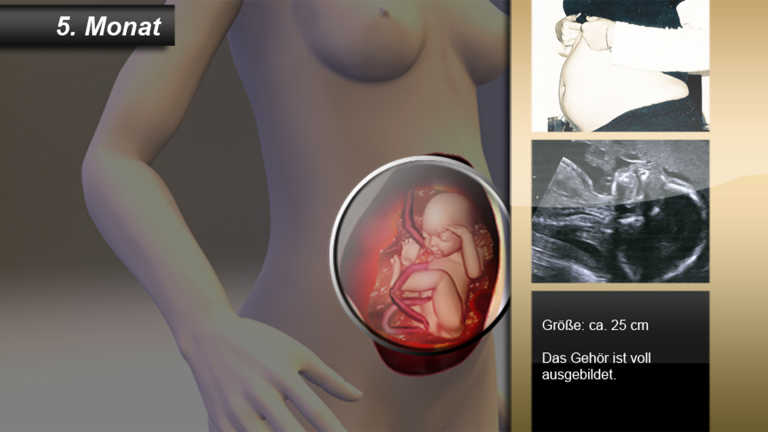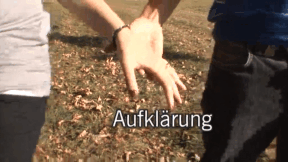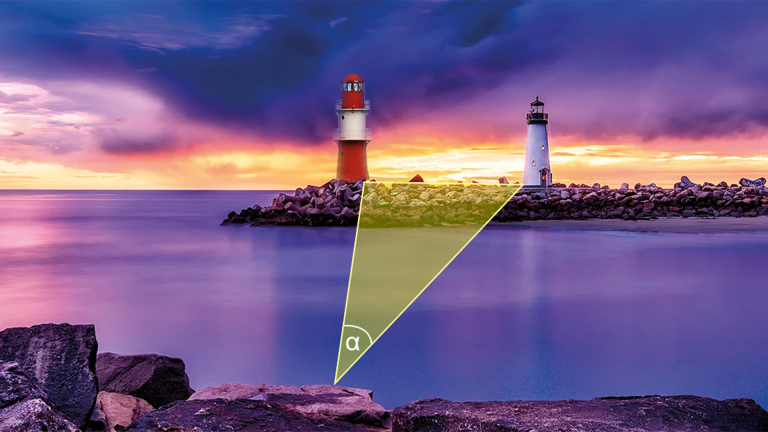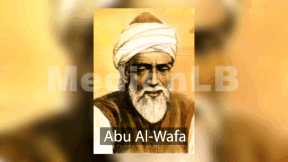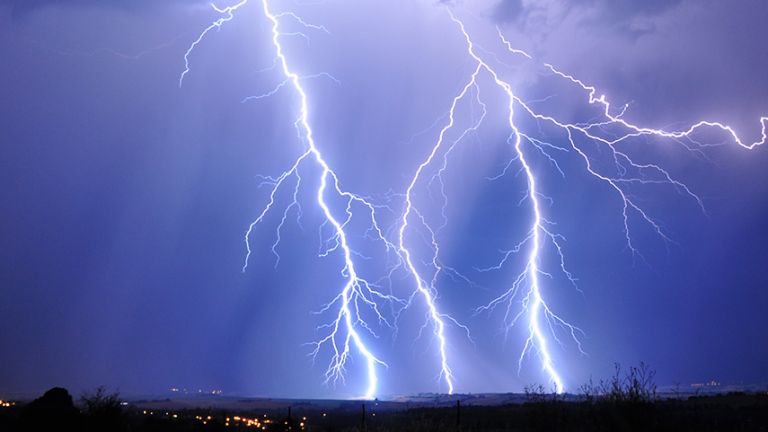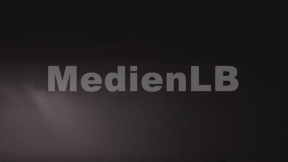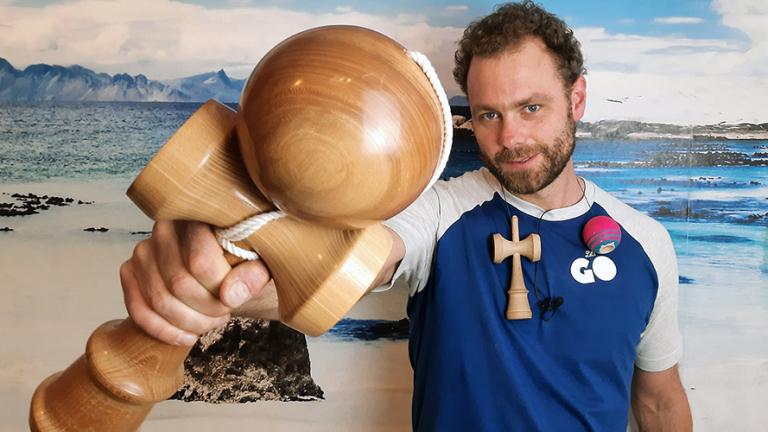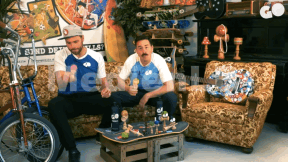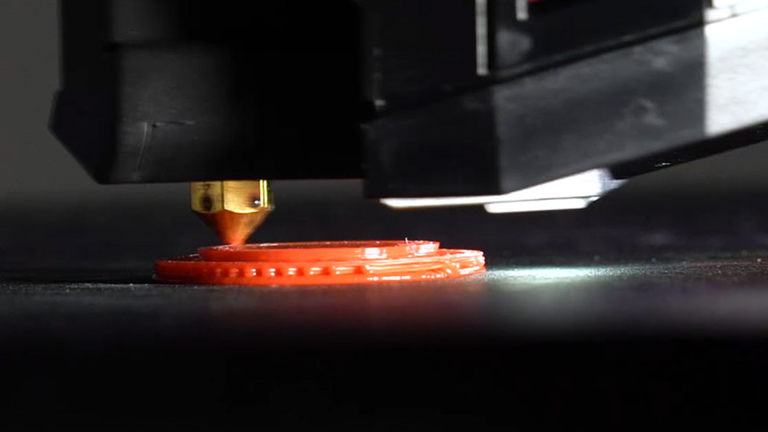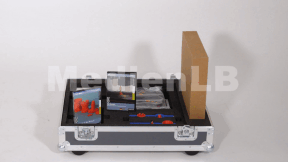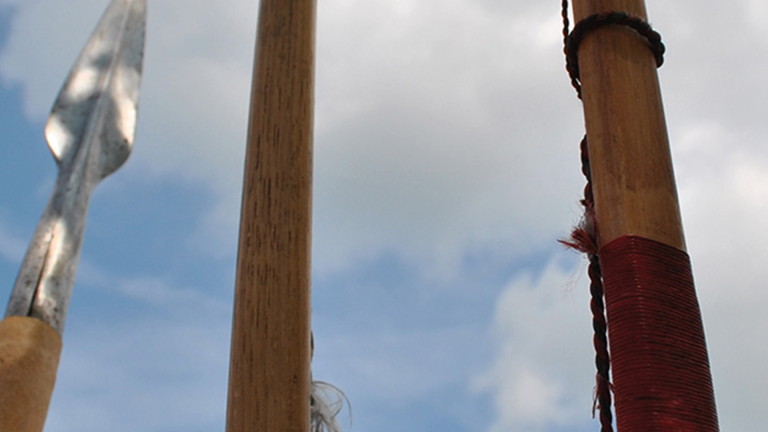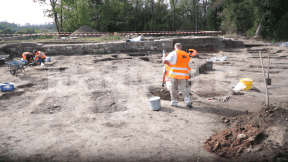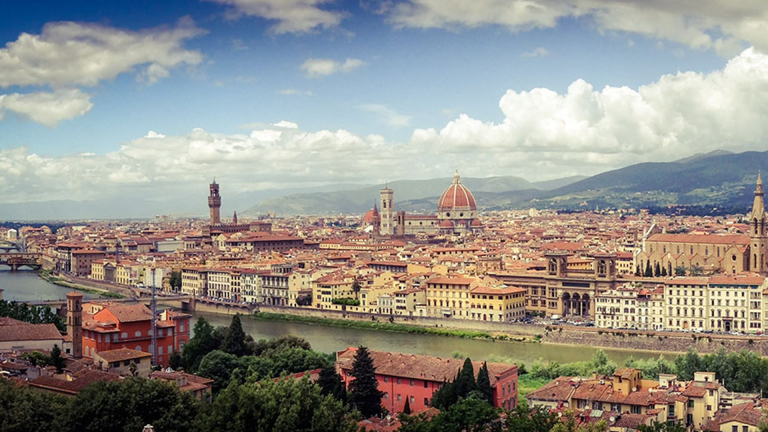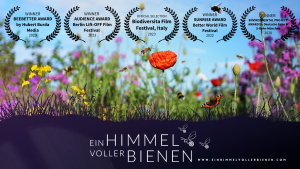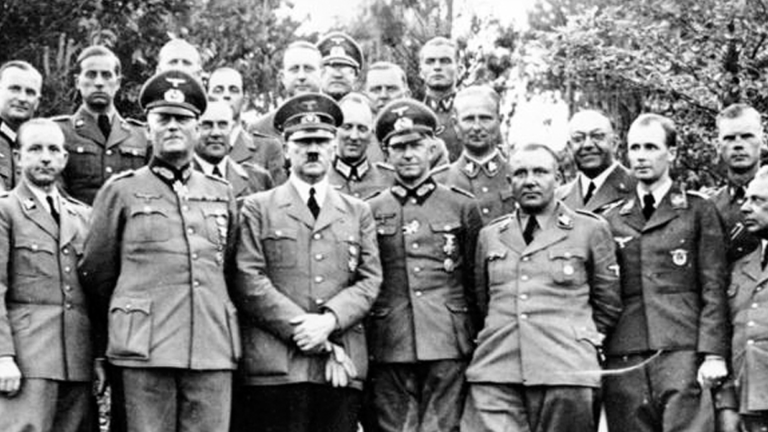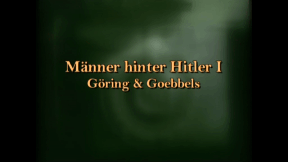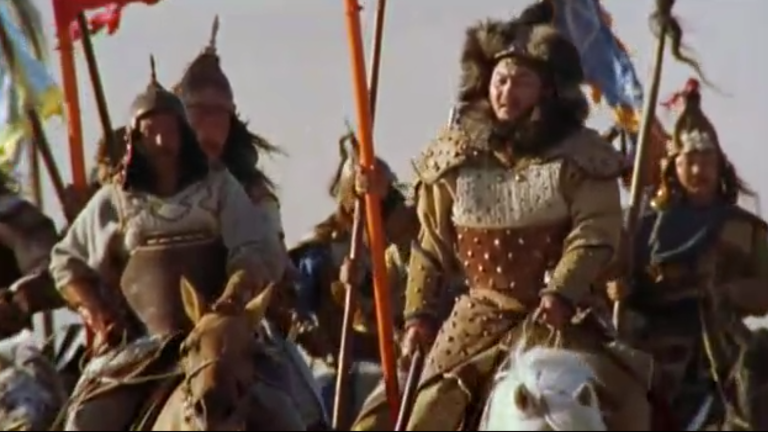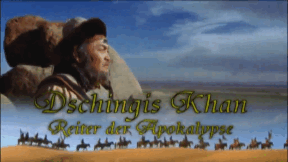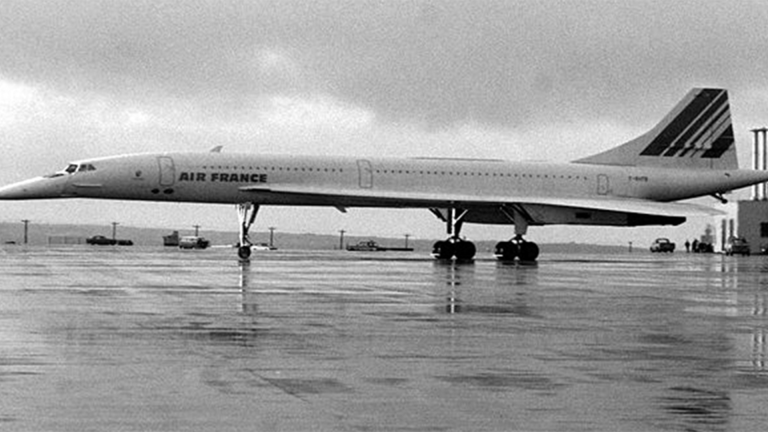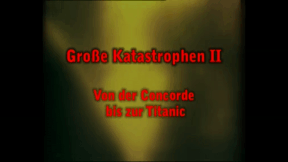Suche:
- # Artistry
- # Biology
- # Chemistry
- # Ecological
- # Economy
- # English
- # Foreign Language
- # Geography
- # German
- # Health
- # History
- # Informatik
- # Latin
- # Mathematics
- # Media Education
- # Music
- # Physics
- # Politics / Civics
- # Preschool
- # Primary School
- # Religion
- # Society
- # Sports
- # Technology
- # Training of Teachers
- # Vocational Education
Healthy Diet
No matter whether we write, read, sleep or move, we always use up energy. Imagine your body is like a car. It needs petrol to be able to move. You can't play, romp about and learn without eating and drinking either. Your body needs cellular components. These are substances which build up your body. And it must be supplied with them again and again. These components are also called nutrients. They are called protein, fat and carbohydrates.
Learn moreGames
There are many different types of games. Board games, guessing games, waiting games, games of skill, sports games or computer games, too. We play because it is fun, we like activities with others and because we wish to pass our time in a pleasant way. The film gives an overview of the different types of games. It illustrates what you need to play parlour games and how a game is created. The characteristics of sports games are explained and a special emphasis is put on the problems arising when teams are selected and assembled. The film also explains the aspect of “fair play”. Further, the film also outlines the development of computer games, starting with pixelated graphics and simple games and moving on to current graphics, which are almost life-like today, and comprehensive virtual worlds. From the toys used in ancient cultures to today’s games, the film gives a sound overview of the development and the progress made. With its comprehensive didactic worksheets and suggestions for international games, this DVD is perfectly suited for use at schools.
Learn moreSex Education
The creation of a new human being is a miracle. Children are interested in where they come from. They want to know how a baby gets into the mother’s womb, how it develops inside and is finally born. The film answers questions about fertilisation, pregnancy and birth. As an introduction similarities and differences of men and women are presented and explanations are provided about what role the male and female sexual organs play in procreation. Subsequently the topic of fertilisation is dealt with. The development of the fertilised egg cell into the embryo and finally the foetus is described. The pupils learn about the baby’s stage of development in any month of pregnancy. Then the progression of a birth is described. Eventually the film explains how the new-born baby must be cared for, what it needs and what it cannot do yet. Together with the extensive accompanying material the DVD is eminently suited for use in the classroom.
Learn moreSinus
Der persische Mathematiker und Astronom Abu l-Wafa entdeckte und beschrieb im 10. Jahrhundert in der Trigonometrie den Zusammenhang zwischen einer Seite und dem ihr gegenüberliegenden Winkel.
Learn moreElektrizität
Die Elektrifizierung bedeutete für die Menschheit einen fundamentalen Fortschritt.
Learn moreKendama
„Kendama“ heißt wörtlich Schwert und Kugel und besteht aus einem Ball und einem Griff verbunden durch eine Schnur. Bei dem japanischen Geschicklichkeitsspiel gibt es eine unendliche große Anzahl an Tricks und Möglichkeiten, um die Kugel des Spiels aufzufangen. Es kann überall und von jedem gespielt werden.
Learn more3D-Design & Druck in der Schule
Anhand zahlreicher praxisnaher Beispiele zeigt der Film, wie man mit dem 3D-Drucker den Unterricht bereichern kann.
Learn moreEisenzeit
Vor beinah 3.000 Jahren gelangte die Technik der Eisenherstellung nach Europa. Die Vorteile von Eisen gegenüber der Bronze waren eine größere Härte und in Eisenerz ein besser verfügbarer Rohstoff. Es erfolgte eine allmähliche Verdrängung der Bronze und ungefähr ab 700 v.Chr. kann man ín Europa die Epoche der Eisenzeit verorten.
Learn moreGenghis Khan
They appeared all of a sudden, as if from nowhere. Wild Mongol hordes on horseback overrun the Asian Steppes and Russian expanses at the beginning of the 13th century. Nobody can hold up their triumphal march. The leader of the Mongols is Genghis Khan, a merciless conqueror and visionary statesman. His myth is still topical today. The myth of Genghis Khan, the “Apocalyptic Horseman”. The film describes the development of the young Temujin to one of the greatest generals in history. Impressive pictures show the live of Genghis Khan from the cradle to the grave. By maps used systematically, his military campaigns are shown and a timeline, which is repeatedly displayed, provides the dates of the conquests. This way, pupils can gain a better understanding of the campaigns and remember the dates better. Interesting bonus material on 13th century Europe and comprehensive accompanying material invite you to cover all aspects of the topic. Thus, history lessons become an impressive experience.
Learn moreGreat Disasters II
A disaster occurs when the balance inherent in a particular phenomenon is disturbed. This may happen either because a new powerful force comes into play that triggers the disaster or because a small – even tiny – causal factor interferes in a situation with an unstable equilibrium and manages to achieve an enormous effect.
Learn more



